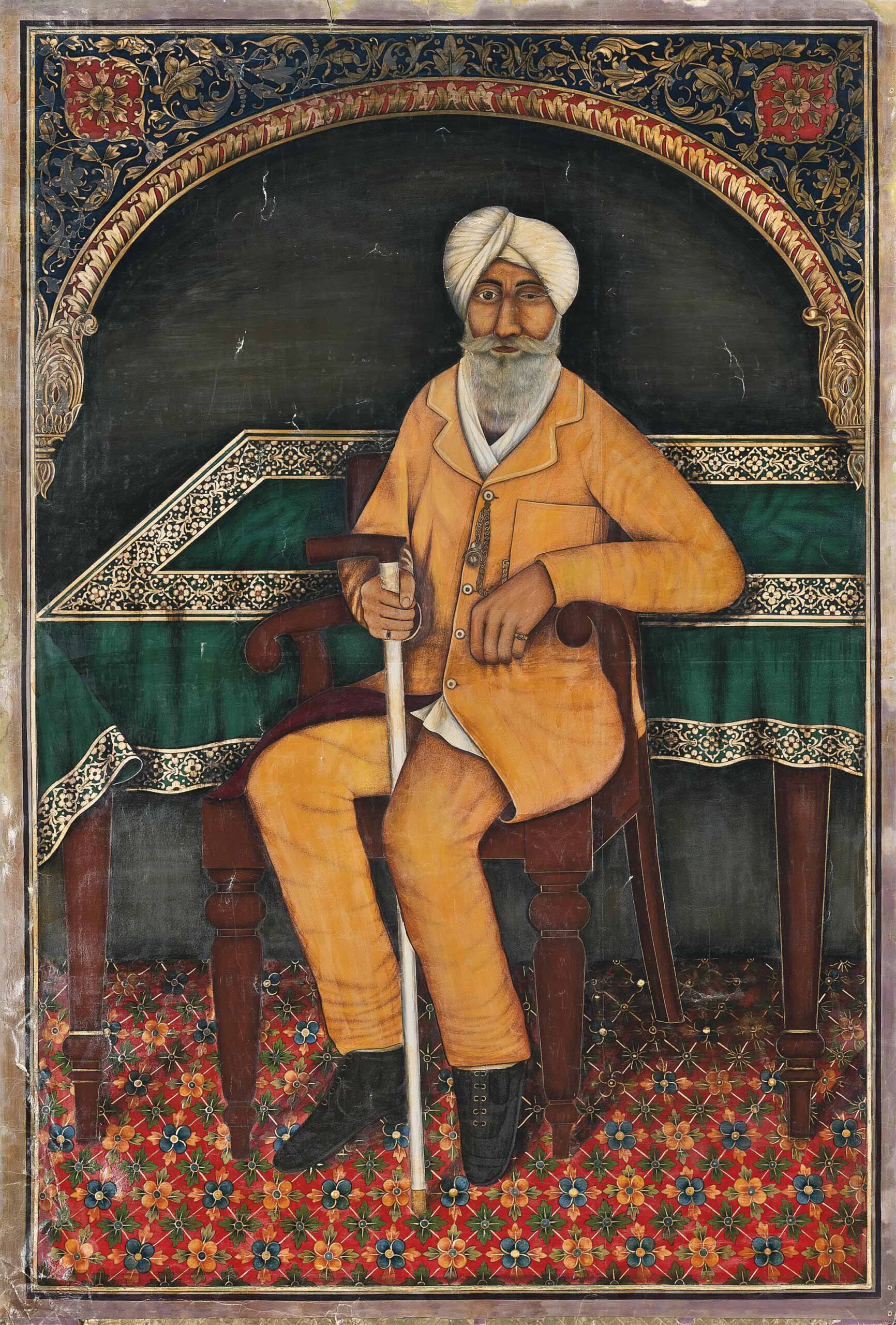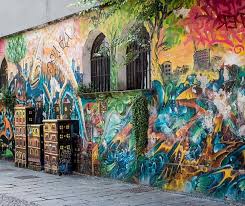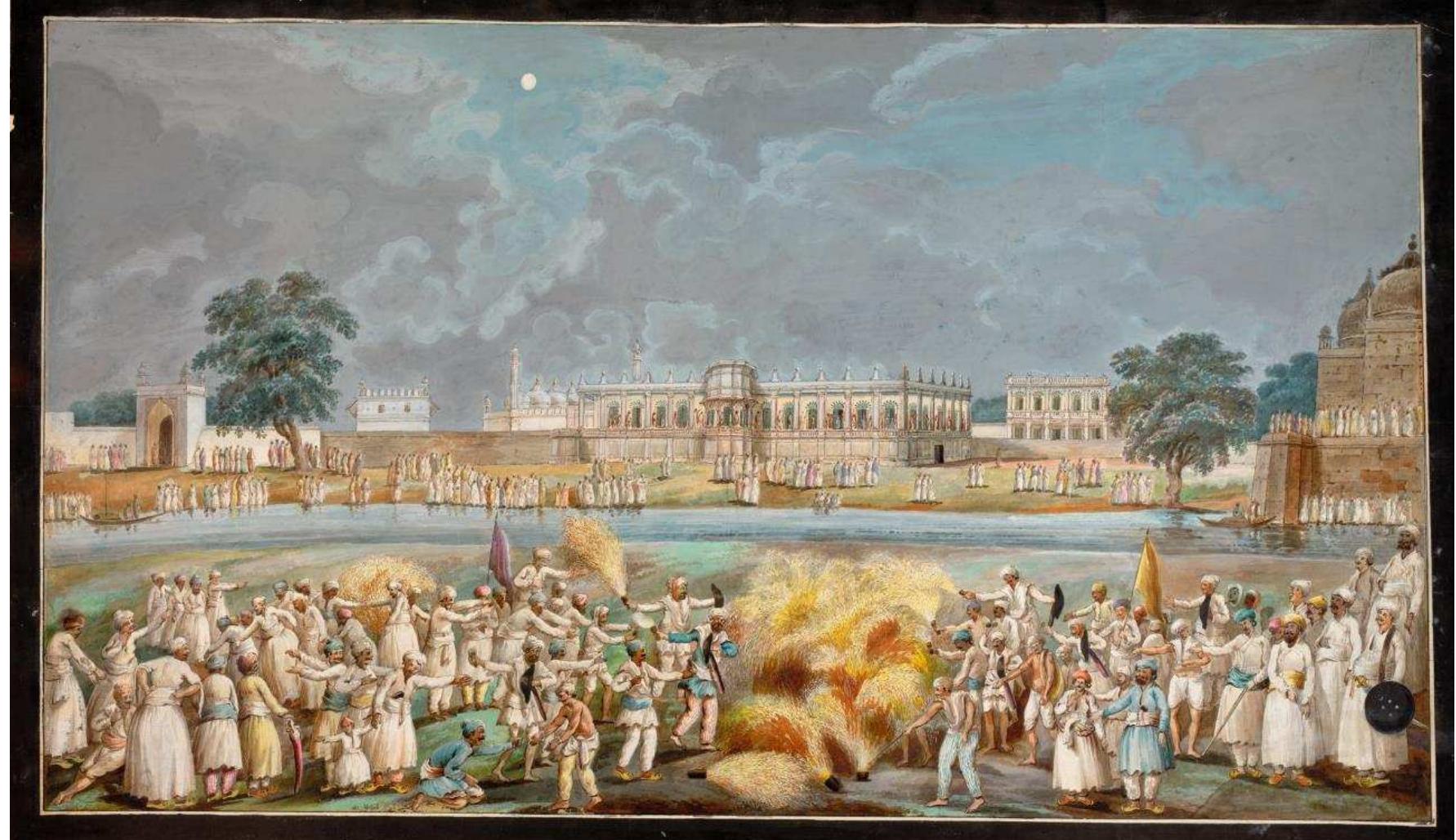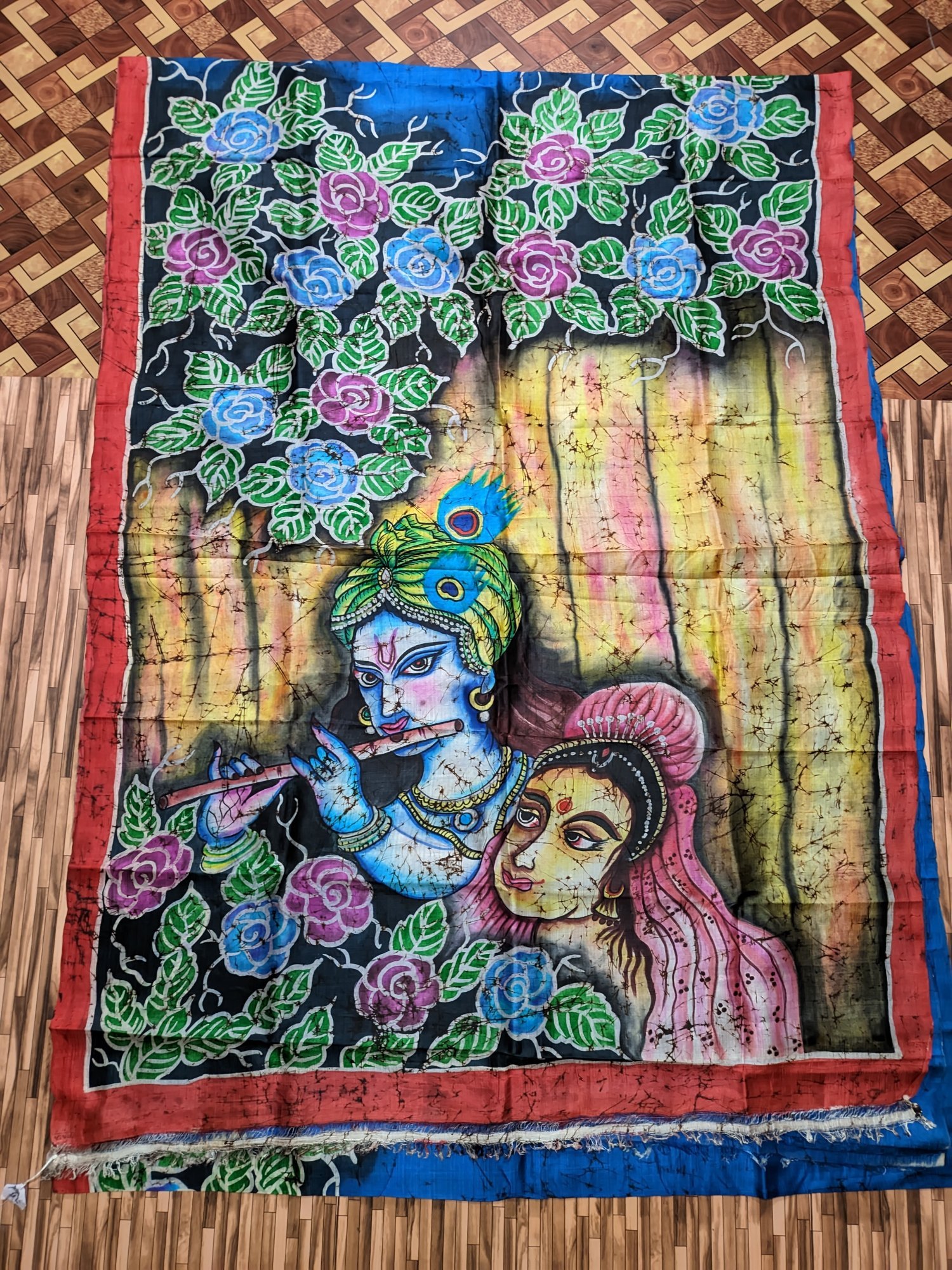
Menu

Street art murals transform city walls into vibrant canvases that tell stories, challenge norms, and celebrate local culture. Unlike graffiti tags meant purely for notoriety, murals are often large, detailed, and intended for public engagement. They can be found in alleys, building facades, and underpasses worldwide.
Street artists use these spaces to address social issues—inequality, migration, climate change—or to honor community heroes and traditions. Murals can revitalize neglected neighborhoods, turning them into cultural destinations. In cities like Berlin, Buenos Aires, and Philadelphia, street art is a defining feature of urban identity.
Artists often blend realism, abstraction, and typography in bold colors that demand attention. The process can be collaborative, involving local residents or youth groups. Street art is also ephemeral—vulnerable to weather, city cleanup, or new artworks layered on top—making it a living, evolving medium.
Beyond aesthetics, street art murals are democratic art: free, accessible, and unfiltered, inviting everyone to see, reflect, and question. They turn everyday streets into galleries of collective memory and imagination.



